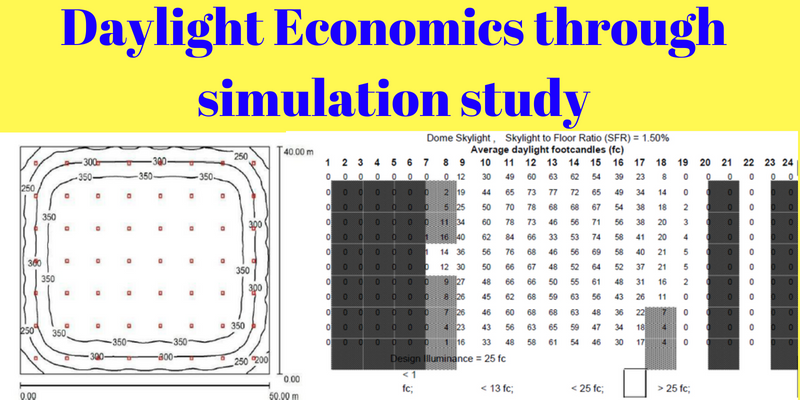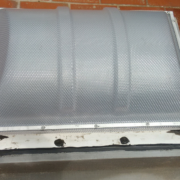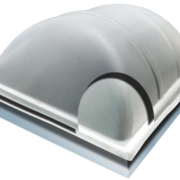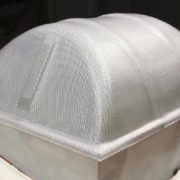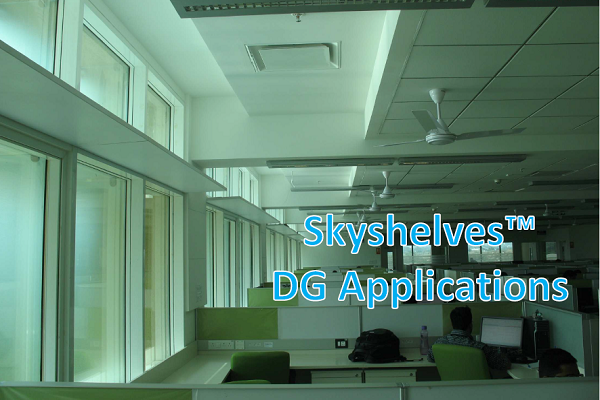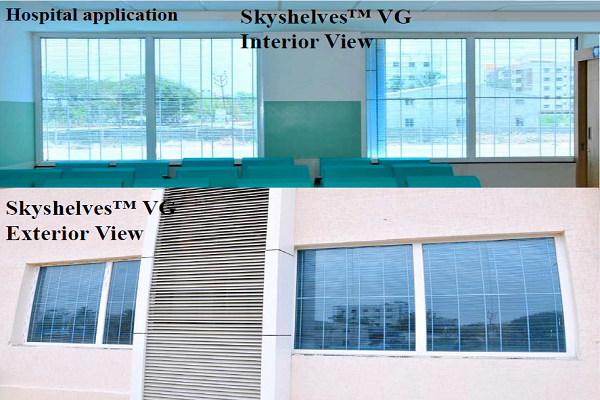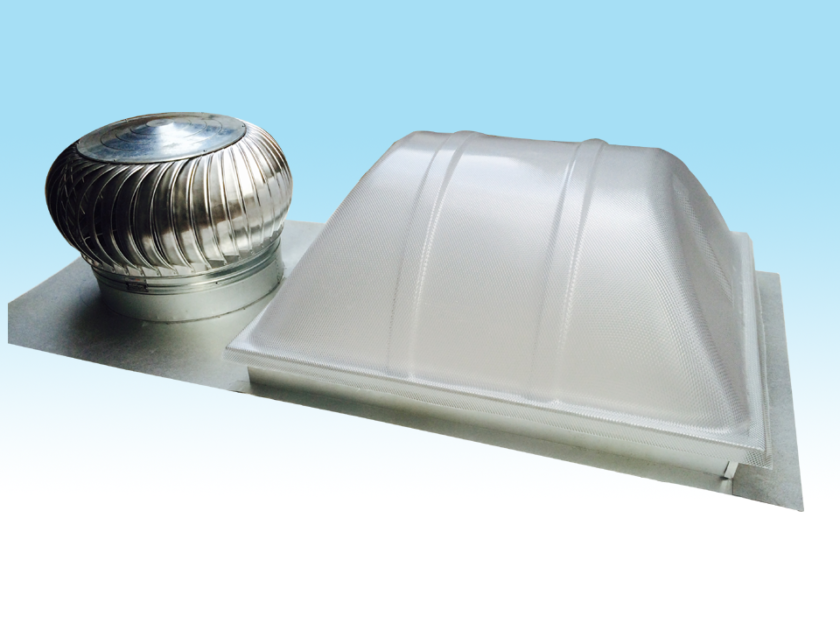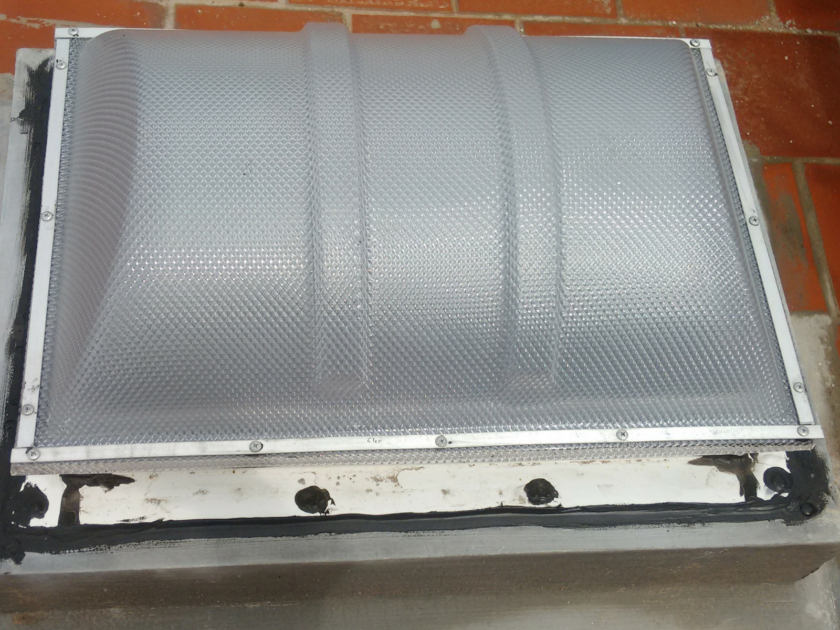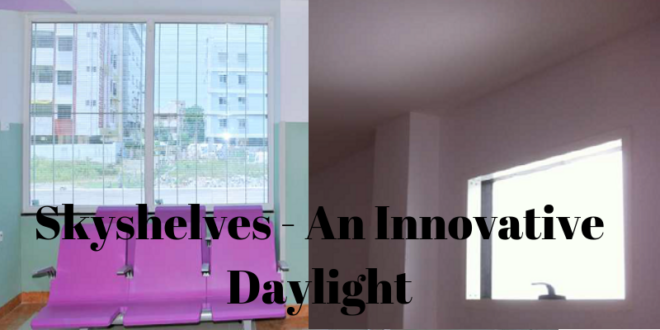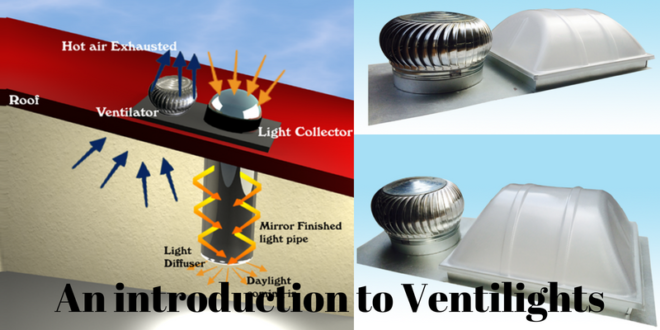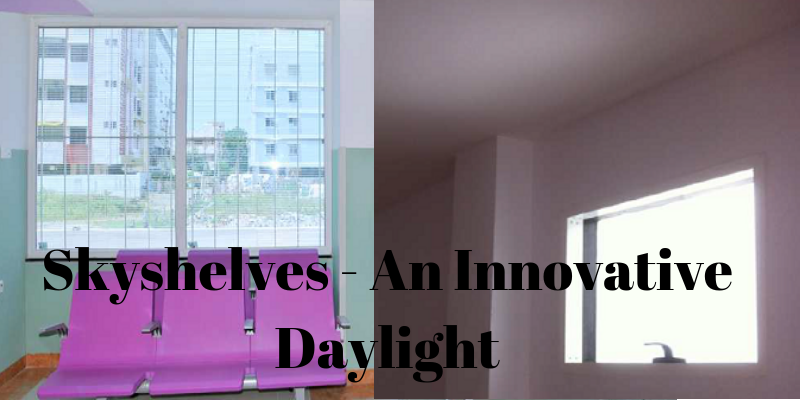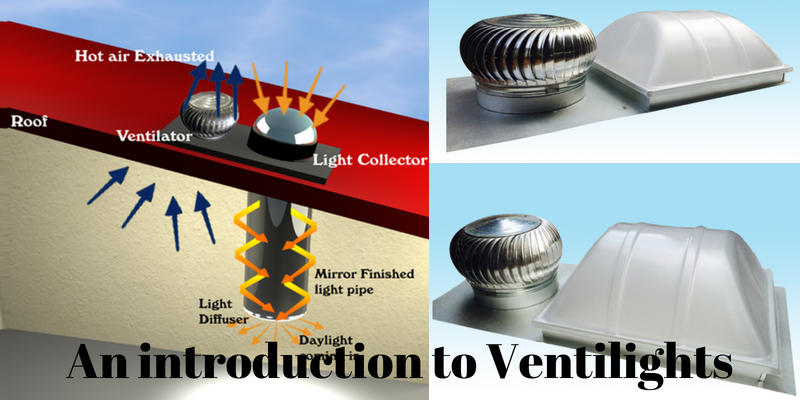The Economics of Daylights
Daylights have found usage across a wide range of industries and more new customers are willing to install daylights at their premises. The use of daylight has several advantages. This article highlights the advantages of daylights in terms of lighting, energy saving and heat reduction by comparing Skyshade Norikool Double Glazing Daylight with LED Lights and Metal Halide lamps.
Light Simulation and Energy Cost Comparision
Site Details
| Parameters | Values |
|---|---|
| Area | 2,000 Sq.m. |
| Average Height | 12 m |
| Location | Hyderabad |
| Daylight Product | Skyshade Norikool Double Galzing |
| Aperture Area | 1.25 Sq.m. |
| Design illuminanace | 275 lux |
Daylight Simulation Report
| Parameters | Values |
|---|---|
| Daylight Autonomy | 9 hours |
| Average Daylight hours | 10 hours |
| Uniformity Ratio | -0.4 to 0.5 |
| SFR (Skylight to floor area ratio) | 0.015 |
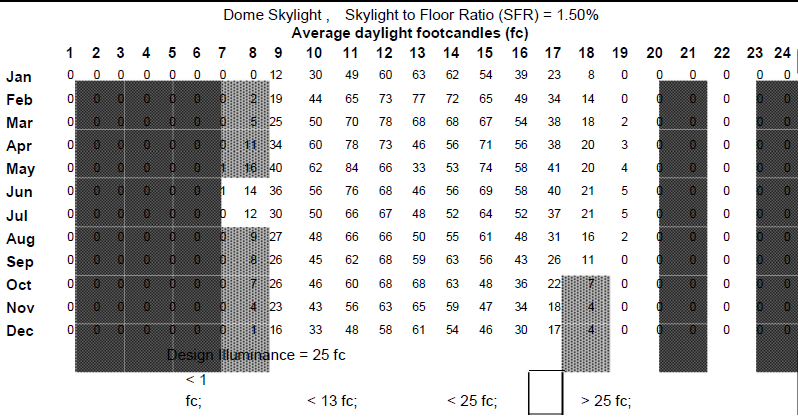
Observations from Metal Halide and LED Light Simulation
| Parameters | Metal Halide Lamp | LED Light |
|---|---|---|
| Wattage of each light | 400 W | 150 W |
| Total wattage required for 2,000 Sq.m. | 22.4 Kw | 8.4 Kw |
| Illuminance Uniformity | 0.441 | 0.45 |
| Lighting Power Density | 11.2W / Sq.m. | 4.2W / Sq.m. |
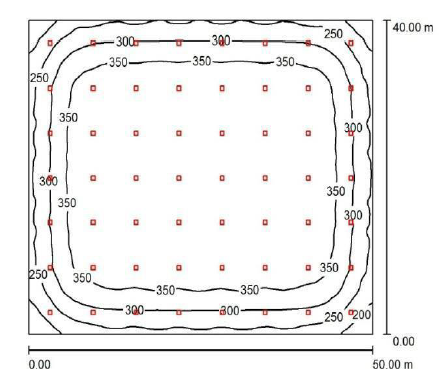
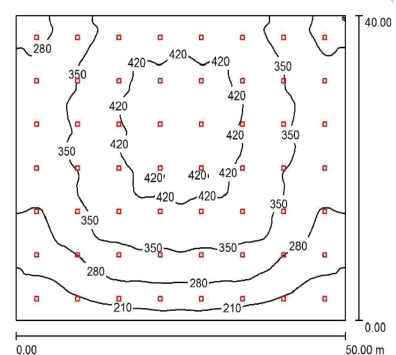
Energy Savings - Daylights Vs Electrical Lights
| Parameters | SYSKA Norikool Double Glazing Daylight | LED Light | Metal Halide Lighting |
|---|---|---|---|
| Lux Level | 250 - 300 Lux | 250 - 300 Lux | 250 - 300 Lux |
| Aperture Area | 1.2 Sq.m. | NA | NA |
| Lighting Load | NA | 8.4 Kw | 22.4 Kw |
| Average Daylighting hours | 10 hours | NA | NA |
| Average Factory Working days per year | 360 days | 360 days | 360 days |
| Unit Electricity Cost | NA | Rs.9.0 / unit | Rs.9.0 / unit |
| Energy Savings per Year | 30,240 Kwh | 80,640 Kwh | |
| *Calculated by multiplying the total load, daily usage hours and the total no. of days per year | |||
| Energy Cost Savings per Year | Rs.2,72,160.00 | Rs.7,25,760.00 | |
| #Energy savings per year x Unit Electricity Cost Note: 1. Add bulb replacement costs 2. Add cooling load reduction cost | |||
| Approximate Payback Period | 2 years | 1 Year | |
Heat Comparison Study
Building Details
| Parameters | Value |
|---|---|
| Building location | Hyderabad |
| Roof area | 2000 sq.m |
| Overall heat transfer coefficient | U w/sq.m°k |
| U value of insulated metal roof [UR] | 0.032 w/sq.m°k |
| U value of Norikool DGZ | 0.74 w/sq.m°k |
| Temperature difference ( T) between ambient air to inside air | 15 deg Celsius |
| Electrical lighting load | 22.4 kw |
| Lighting power density | 11.2 w/sq.m |
| Norikool™DGZ proposed | 25 |
| Skylight to floor ratio with Norikool | 1.50% |
| Illuminance required | 250 lux |
| Under deck roof installation | Yes |
Heat Comparision - Daylights Vs. Electrical Lights
| Parameters | Daylights | LED Lights | Metal Halide Lamps |
|---|---|---|---|
| Heat transfer rate through insulated roof | 1.278 Kw | 6.84 Kw | 10.49 Kw |
HEAT TRANSFER CALCULATION
Formula to calculate Heat transfer = Area x Heat Coefficient x Temperature Difference.
In case of Daylights, the heat coffecient is calculated by considering the SFR and the Roof with skylight to Floor ratio.
The calculation in this case is as below.
Heat Transfer Through Skyshade Double Glaze Norikool = 2,000 X 15[0.985 X 0.032 + 0.015 X 0.74] = 1.278 Kw
In case of the Heat transfer in roof without daylight, the heat transferred through roof and the heat gained from electrical lights are summed up.
The Heat transferred through insulated roof with no daylight = 2,000 x 0.032 x 15 = 0.96 Kw
The heat gained in case of LED Lights = 70% of the light load = 8.4 x 0.7 = 5.88 Kw
The total heat transfer in the case of LED Lights = 0.96 +5.88 = 6.84
Daylight ProductsView All
-
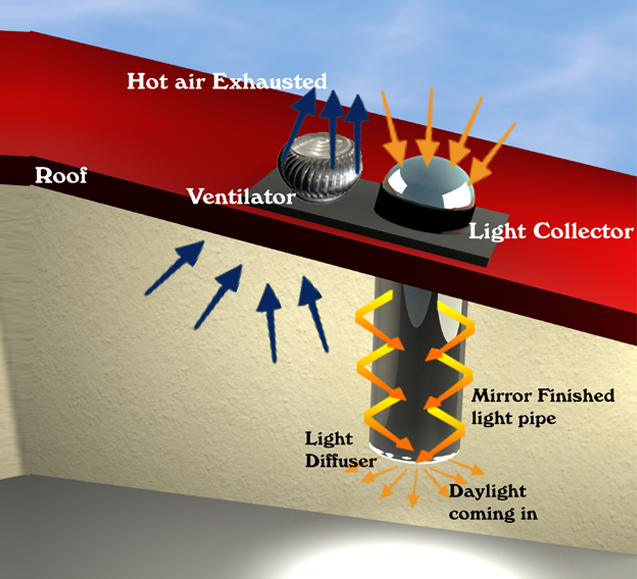
Skyshade Ventilight LPR400TB
₹25,960.00 – ₹53,095.24 Select options This product has multiple variants. The options may be chosen on the product page
-

Skyshade Ventilight LPR530TB
₹30,700.95 – ₹83,740.95 Select options This product has multiple variants. The options may be chosen on the product page
-

Skyshade Ventilight LPR 750TB
₹39,074.29 – ₹48,388.57 Select options This product has multiple variants. The options may be chosen on the product page
-
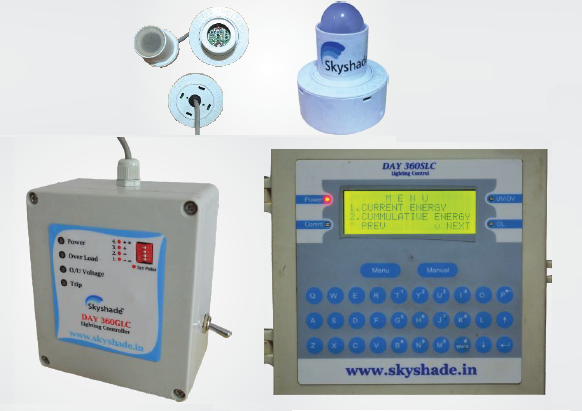
Skyshade 45 Amps Dimming Lighting Controller
₹66,428.81 – ₹72,143.22 Select options This product has multiple variants. The options may be chosen on the product page
-
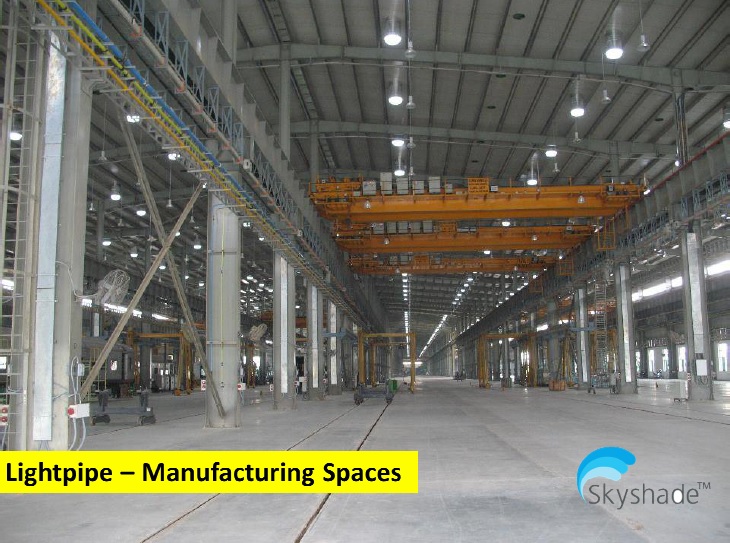
Skyshade Lightpipe 750mm
₹30,605.71 – ₹39,817.14 Select options This product has multiple variants. The options may be chosen on the product page
-
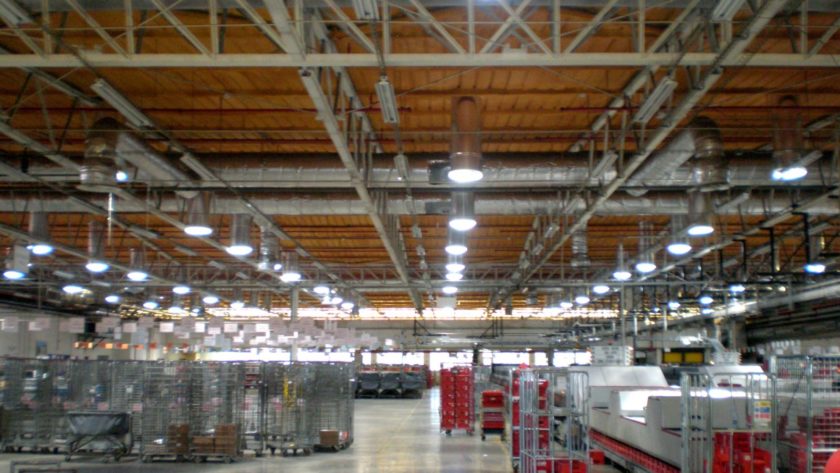
Skyshade Lightpipe 530mm
₹23,771.43 – ₹79,931.43 Select options This product has multiple variants. The options may be chosen on the product page
-
Also ReadView All
Skyshelves are innovative daylights that are used in the walls and windows.
Ventilights bring sunlight in to the building without any heat and exhaust the hot air inside.
Lighting automation switches off unwanted lights automatically, thus saving energy

